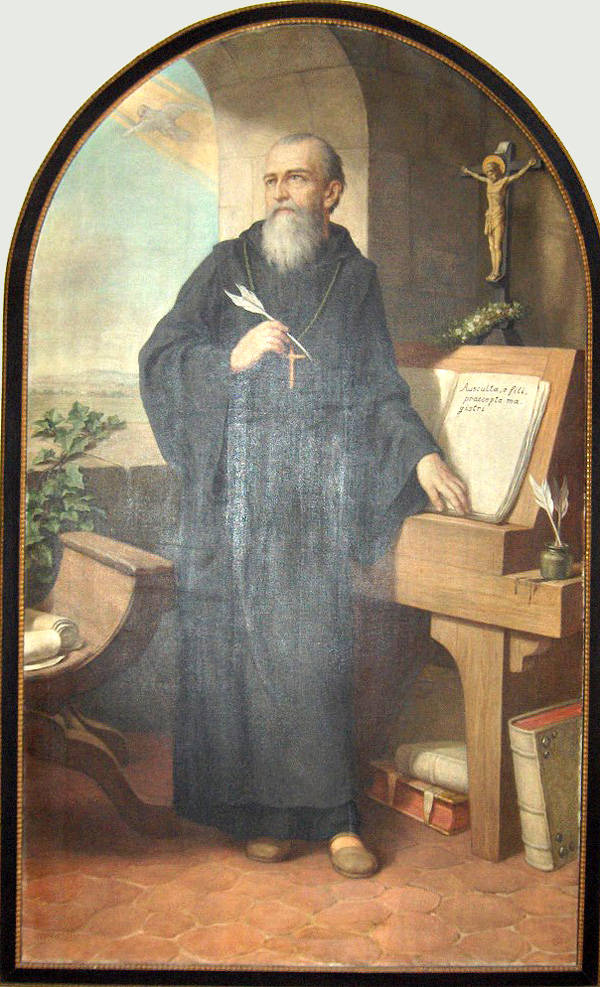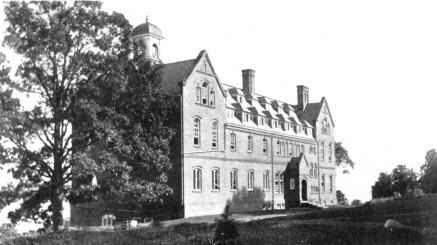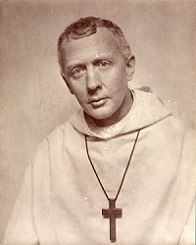ABOUT THE
Monastic tradition
Before Christ ...
The tradition of monastic life predates the time of Christ. About five centuries BCE, Buddhist and Hindu monasteries were appearing in Asia. Within the Jewish tradition, a century or so BCE, the Essenes appear to have developed a way of community living that closely resembled monasticism.
Within Christian tradition ...
Monks living as hermits
Within Christian history the tradition of monastic life dates from about the 3rd century. St Antony of the Desert lived his life as a monastic hermit in Egypt and is generally acknowledged as the Father of Christian Monasticism. This eremitical (hermit) way of living was considered the ideal for monks for several centuries.
Monks living together

Cenobitic monasticism
In the 4th Century notions of eremitical monasticism gave way to an ideal of cenobitic monasticism that stresses community life. It was begun by Pachomius the Great, a contemporary of Antony of the Desert, but the movement’s influence is generally ascribed to the vision of St Benedict (c. 480 – c. 547), of Nursia in Italy. Benedict’s vision of cenobites, monks living together in a monastery with a Rule and an abbot, came to be the monastic ideal. The phrase ‘Ora et labora’ (Pray and work) is associated with the Rule of Benedict.
The Order of the Holy Cross is a contemporary expression of Benedict’s vision of cenobitic monasticism.
The Benedictine vision
The Benedictine vision of community in the early years was a small group – probably not more than 12 members. This was also the view of the Celtic monastic communities at about the same time. When a community grew larger than 12, it was time to look at founding a new community. And so the Christian monastic movement, involving both monks and nuns, spread throughout Europe and the British Isles as new monasteries opened.
The Middle Ages
By the Middle Ages a significant number of religious orders had emerged, each with unique ways of life and worship, including Benedictine communities as well as a number of orders seeking to reform the Benedictine movement. Monastic communities grew quite large, wealthy, and powerful – three qualities that were not part of the monastic vision of monks such as Benedict or Antony.
The Reformation
At the time of the Continental and English Reformations, the monasteries, strongholds of allegiance to Rome, became a target for reformers’ zeal. Throughout northern Europe and the British Isles, monasteries were plundered, and their members dispersed. In France, the French Revolution similarly targeted monasteries. Even in Italy, many monasteries were abandoned. By the end of this period, monasticism within the Western Church had nearly disappeared.
The Order of the Holy Cross


A spark of life remained within the monastic movement and in the 19th Century that spark was rekindled. Monastic communities began to re-appear, mostly within the Roman Catholic Church, but also within the Anglican Communion, especially the Church of England. Today there are expressions of monasticism throughout the Western church.
It is during this resurgence of the monastic vision that the Order of the Holy Cross took root. A significant number of communities of men and of women had formed in Great Britain and these communities had extended their presence to include North America. Our founder, James Huntington, was greatly intrigued by the English communities within the Anglican Communion, especially the Community of St John the Evangelist (Cowley Fathers), but he sought an expression of community that would be uniquely American. And so, in the late 19th Century, in 1884, on the Lower East Side of Manhattan, the Order of the Holy Cross was born.
